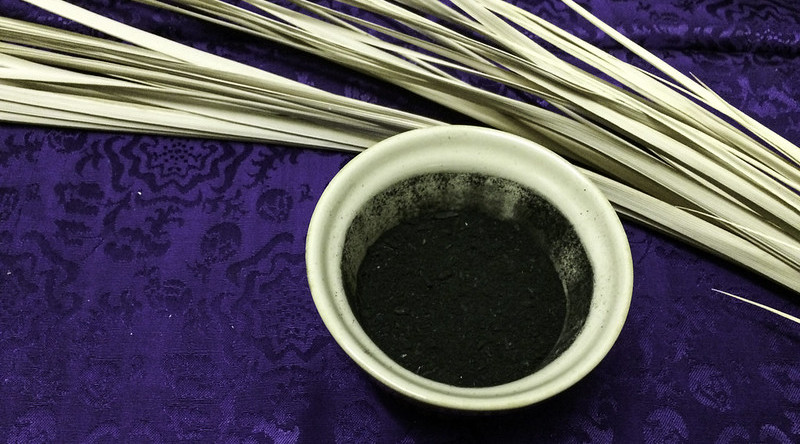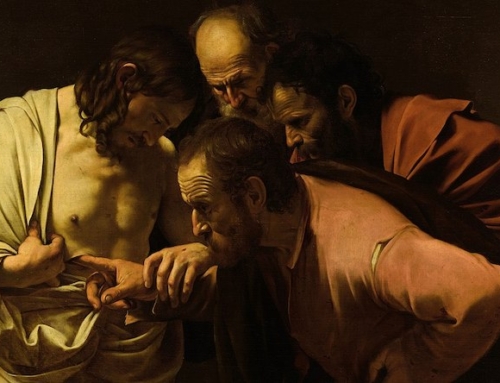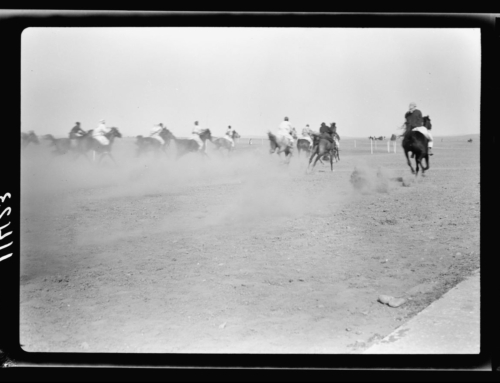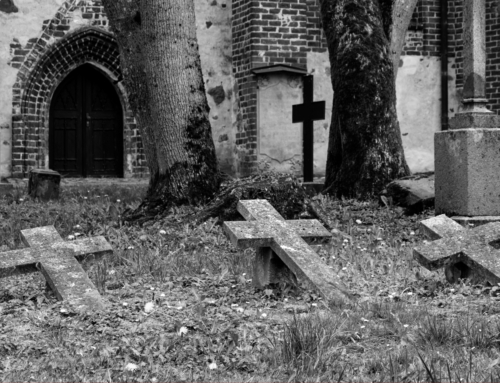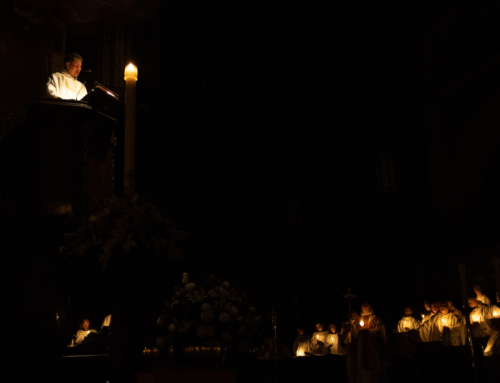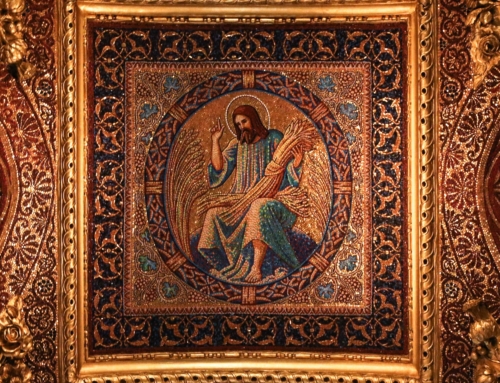A few years ago a new trend popped up on social media for Ash Wednesday: the Ashtag. An enthusiastic church-goer would post a selfie displaying a forehead newly minted with ashes. These posts may have been made with the fine intention of encouraging people to begin Lent by going to Mass or as a witness to the Christian life—but some came across as vain and prideful. Ash Wednesday is not about getting some sort of good mark showing that you made it to church in the middle of the week, or even to display personal piety. Rather, it is about our mortality, sinfulness, and constant need for conversion. On Ash Wednesday we are showing that we need Easter’s Resurrection.
We can see from the very nature of these ashes that they represent our mortality. Palms, previously blessed on the preceding year’s Palm Sunday, are burned down to dust. These bright green signs of triumph and victory of our Lord’s entry into Jerusalem, now brown and dried out, are left only to be turned into black ashes. Similarly, man’s disobedience to God cuts him off from the source of his very life, leading to bodily suffering and death. The priest’s Ash Wednesday invocation, “Remember that you are dust, and to dust you shall return,” also reminds of this reality. In Genesis, we read that “the Lord God formed man from the dust of the ground and breathed into his nostrils the breath of life; and the man became a living being” (Gen 2:7). God formed us from the earth, and when we die, our bodies will return to the earth in expectation of the Heavenly Resurrection at the end of time.
Ashes are also a sign of grief for our sins. In the first reading for Mass on Ash Wednesday, the Prophet Joel speaks for the Lord, commanding his people to “return to me with your whole heart, with fasting and weeping, and mourning” (Joel 2:12). Our sins separate us from God and prevent us from being able to fully commune with him. Scripture confirms this connection in the many accounts of people wearing ashes in their grief. Abstinence from meat on Fridays, giving up things we enjoy, and especially the sacrament of Confession are all works of penance which repair the fractures of sin in our relationship with the Lord. God desires us to be reconciled to him, and if we desire to be reconciled to Him we should show compunction for our sins. We hear in the Entrance Antiphon for Ash Wednesday: “You are merciful to all, O Lord, and despise nothing you have made. You overlook people’s sins, to bring them to repentance, and you spare them, for you are the Lord our God.”
These heavy topics lead us to realize that we need God. We need the Resurrection. In the United States, we have the custom of receiving ashes on our forehead in the shape of a cross to show that we have a Savior. Similarly in baptism, the priest traces the cross on our forehead and says, “I claim you for Christ our Savior by the sign of his cross.” What is rooted in the Easter joy is that Christ, by offering himself and dying on the Cross, has destroyed the power of sin and death and has opened the path of salvation. Our Lenten practices and penances are performed to bring us closer to God so that we are ready to meet the Risen Christ at Easter and, God-willing, one day in heaven.
The season of Lent is meant for us to turn back to God with our whole heart. We should go to Mass on Ash Wednesday to begin this holy season, being aware of our own frailty and sinfulness, so as to recognize our total dependence on God. If we remain steadfast in our works of penance, our relationship with God will be strengthened all the more, making the Easter celebration, just 40 days away, all the more fruitful.
✠
Image: Photo by Fr. Lawrence Lew, O.P. (used with permission)

